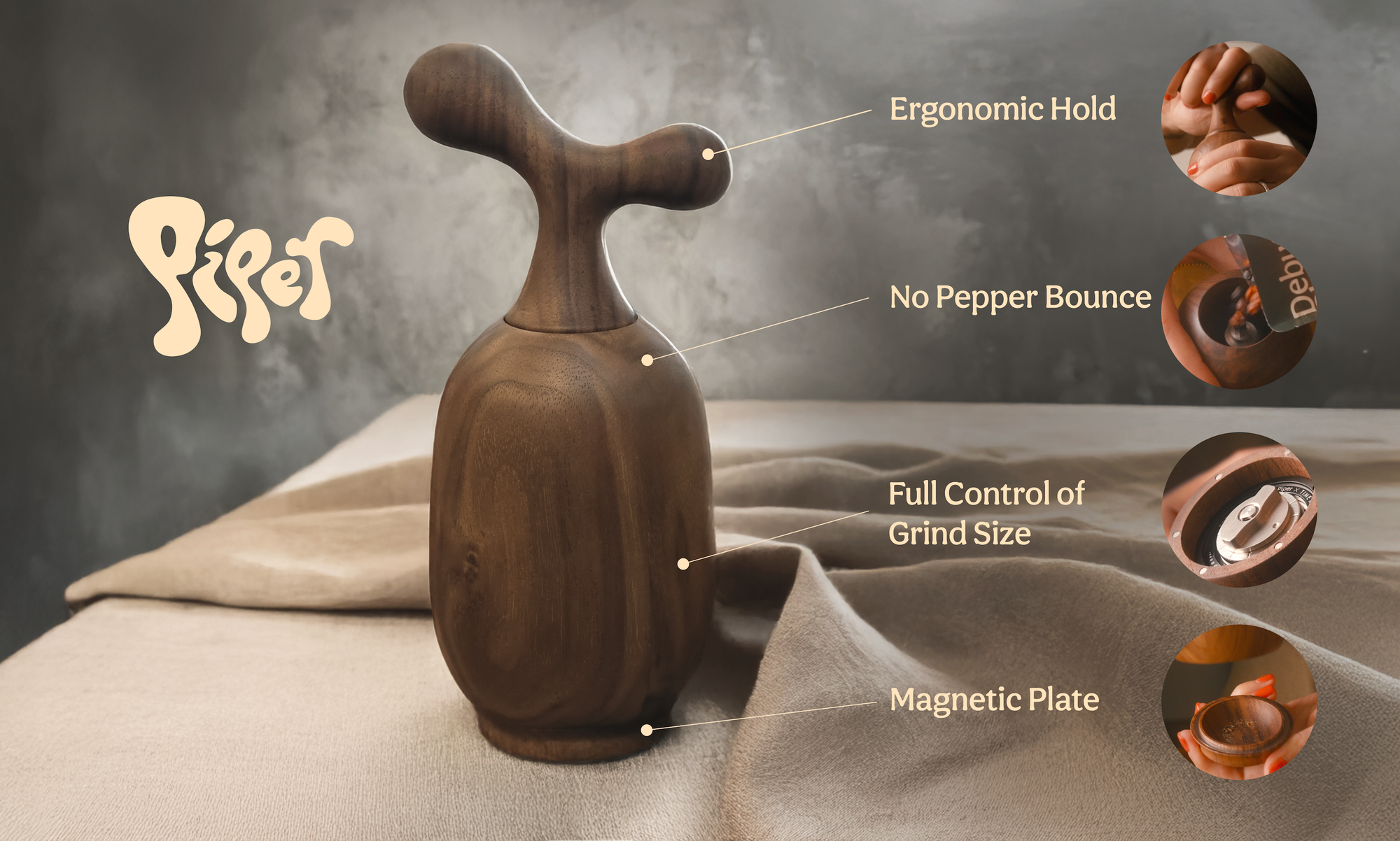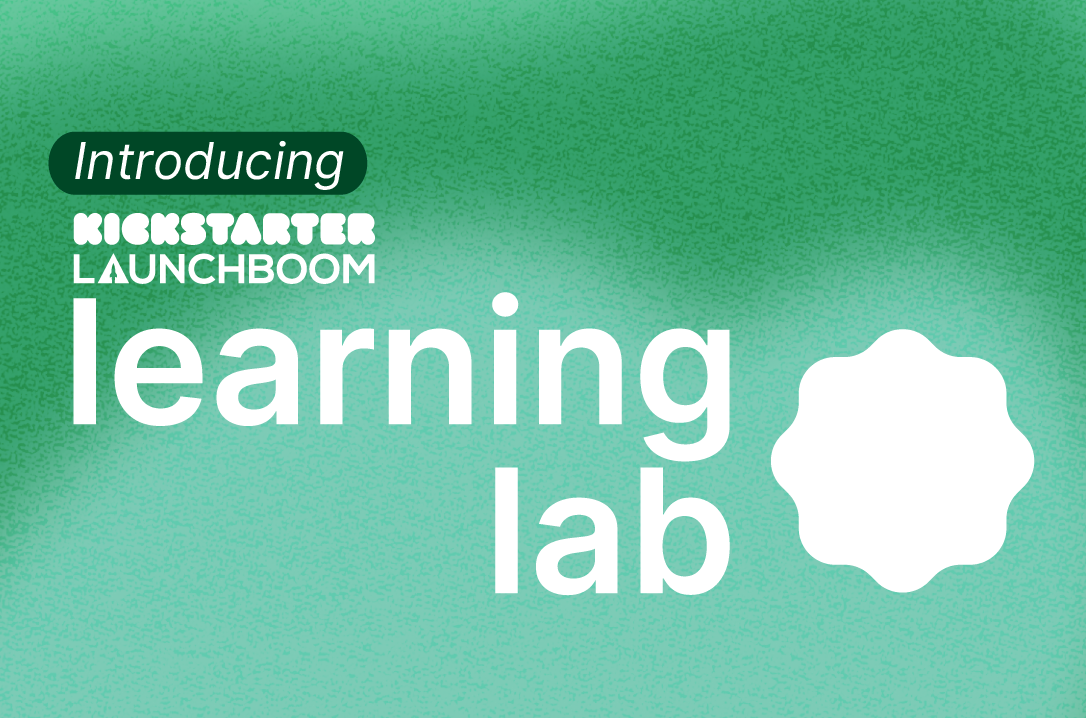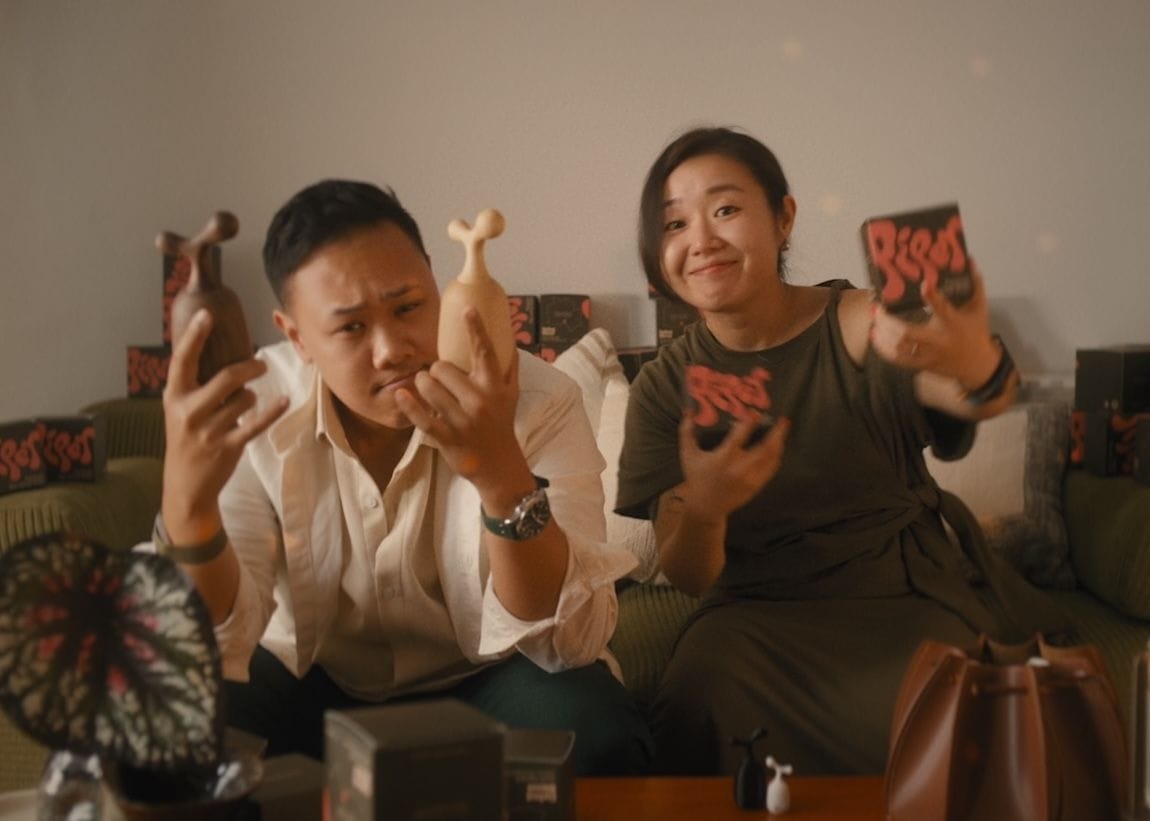Case Study: How Piper Went From a Failed Campaign to Funding in 14 Minutes
Behind Piper’s comeback: the tactics, pivots, and insights that turned a failed launch into a $247K success story.

When Piper originally launched their project for "the world's most ergonomic and efficient" Pepper Grinder in May of 2025, it didn't fund.
A couple of weeks into the campaign, the creators cancelled the project (at 39% funding), promising that they'd be back with an even better version. As they put it: "New plan, same peppery dreams."
It turns out the pause was the correct move: They relaunched on July 15, with a modest goal of $10,098 goal, and when the project closed on August 5, they'd raised $247,427.00
So, what exactly did they do differently? How does someone go from a failed campaign to such an amazing success? We were curious and so we asked.
The questions were answered by Jeremy Vo (Chief Pepper Officer) and Layla Wei (Head of Flava).

What path led you here?
We’re two curious foodies who bonded over small kitchen joys. Jeremy is a home chef and ex–ad tech entrepreneur who fell in love with CPG. Layla is a design-obsessed ex–digital creative who leapt into physical products and experiences for the first time.
The Piper story started when Jeremy brought back some pepper from a trip to Cambodia. We were both floored — how could a single peppercorn taste this alive? Soon, we were geeking out about pepper together. The “aha” moment came when Layla tried to find a grinder worthy of that pepper: something that actually worked well and looked great on the table. Turns out, it didn’t exist. So we made it.
Neither of us came from product design or consumer hardware, so this was a first. But Piper quickly became more than a product — it turned into a creative outlet, and a chance to design the kind of work we actually want to do. Yes, we want it to be a sustainable business, but more than that, it’s about building something that excites us every day.
The most surprising takeaway? That it didn’t matter we were stepping into an entirely new domain — as long as we were committed to making it work. We got this far by cross-pollinating what we already knew from other fields, and leaning on expert resources from our network when we didn’t. In the end, the things that give you energy are the things you should be doing. Following that current has guided everything we’ve built.

When did you decide to relaunch?
We started building Piper in January 2025. By March, we had a working prototype and curated peppercorns, and we launched our first Kickstarter in April to test the market.
Seven days in, we had raised 40% of our $40k goal, but something didn’t feel right. Our positioning was off — we were leading with peppercorns, not the grinder — and we hadn’t fully understood Kickstarter’s algorithm. Rookie mistakes aside, it became clear we needed to rethink the campaign.
Shutting down stung, but the decision to relaunch was immediate. We communicated honestly with backers and set up a funnel so they’d know where to find us next time. We thought regrouping would only take a few weeks, but it ended up being 2.5 months of preparation: repositioning Piper, testing Instagram hooks, learning Meta Ads, and revising pricing, reward tiers, and logistics.

How did you decide to keep going?
On Day 1 of the first campaign, we recorded personal video notes to friends and family, inspired by Dan Dempsky of Unbound Merino from his crowdfunding campaign. About 70% of our backers came from our network, 30% from Kickstarter itself. That support was energizing — and also a reality check. With our reputations on the line, we had to deliver.
We also had conviction: we were our own target customers, and we saw a real market gap. Piper isn’t just a product — it’s the dream job we are building for ourselves. Walking away after a setback just wasn’t an option.
What did you change the second time, and how did you come up with the strategy?
The biggest shift was positioning. Piper became a pepper grinder company that also sells peppercorns — not the other way around. That simple flip changed everything. We focused on the grinder’s features, benefits, and the problem it solves, rather than leading with peppercorns.
We brought on Launchboom as consultants through their accelerator program. They guided us through pre-launch strategy and introduced the “VIP Reservation Funnel”: a landing page where people could leave emails or reserve Piper for $1, letting us test messaging and gauge demand.
Over 2.5 months, we acquired 10k emails and 1.9k reservations at a cost of $17k USD, proving our unit economics and forecasting a $50k day-one raise. We also ran a shorter, 21-day campaign based on advice from other creators, focusing on urgency and intensity.
The key lesson was to nail the positioning, differentiation, and messaging first. Once that clarity was in place, we knew which markets to focus on, what our customers wanted, and how to confidently scale up for crowdfunding.

What’s next for Piper?
Kickstarter was just the start. Our goal wasn’t the biggest campaign — it was to build 1,000–2,000 early adopters who could help refine Piper before we move into e-commerce. Kickstarter gave us exactly that: early customers who believed in our story and long-term vision. Now we’re learning from the community to improve the product and develop future offerings.
The next challenge is fulfillment and logistics — getting thousands of grinders from factories and peppercorns from farms into homes worldwide is no small feat, but we’re committed to delivering and learning from the process. At the same time, we’ve been listening closely to our backers — and the most common request has been a salt grinder to match. Consider that officially on our product roadmap!
But Piper has always been about more than kitchenware. Our long-term vision is to bring more high-quality ingredients from Asia to the world, and to create a platform where flavor creators — from home chefs to curious eaters — can experiment, share, and savor sensory seasoning rituals together.





